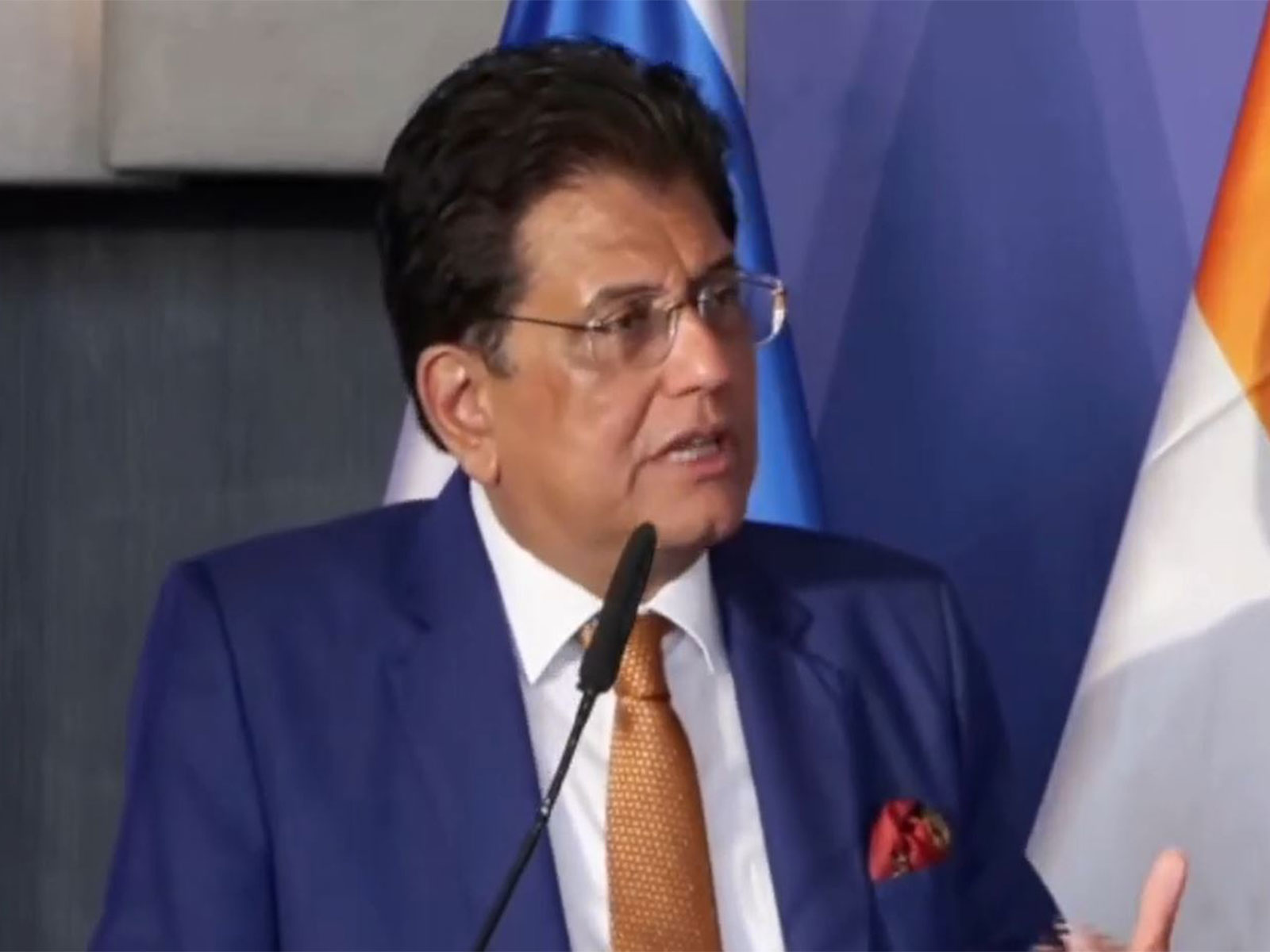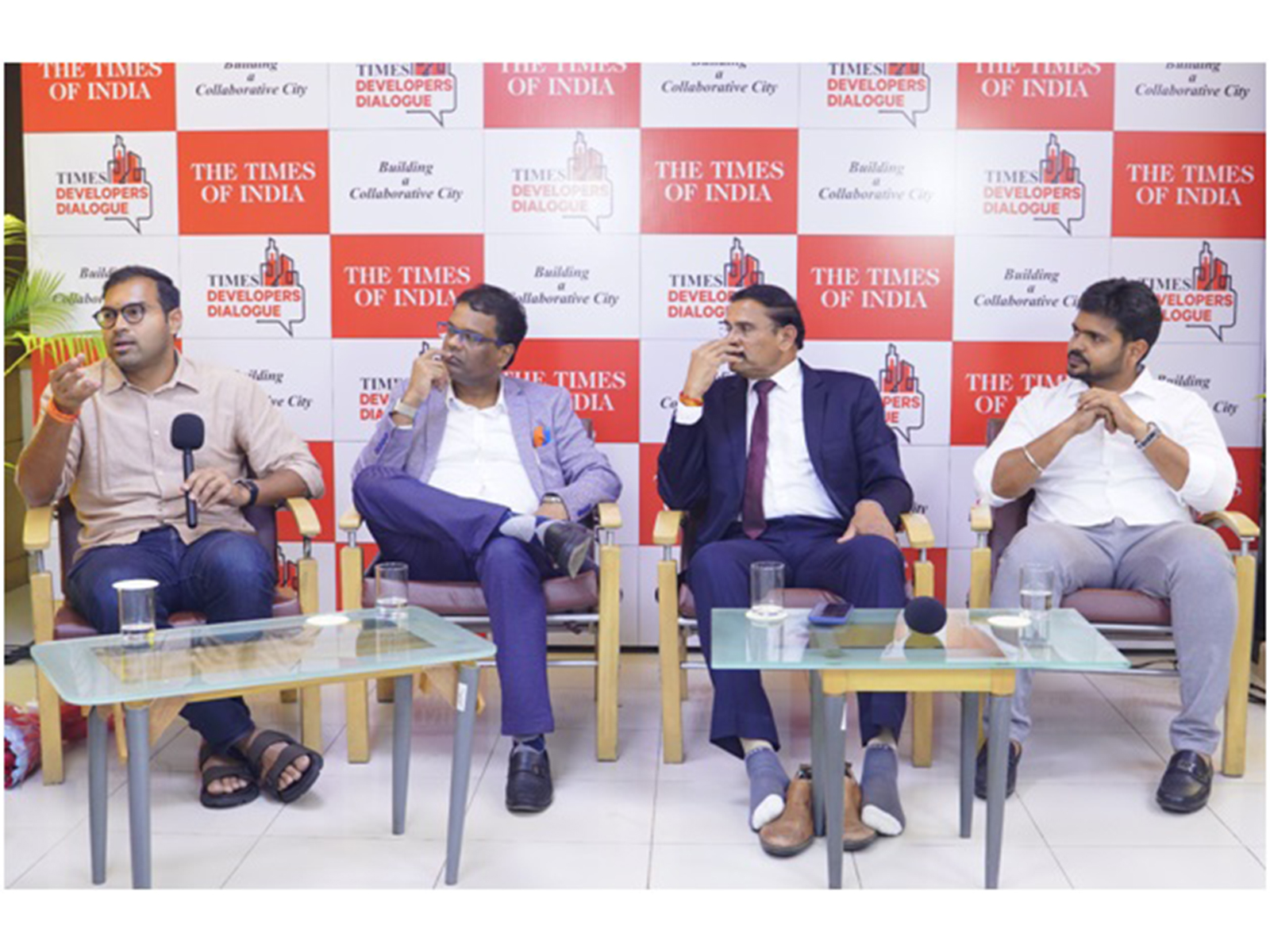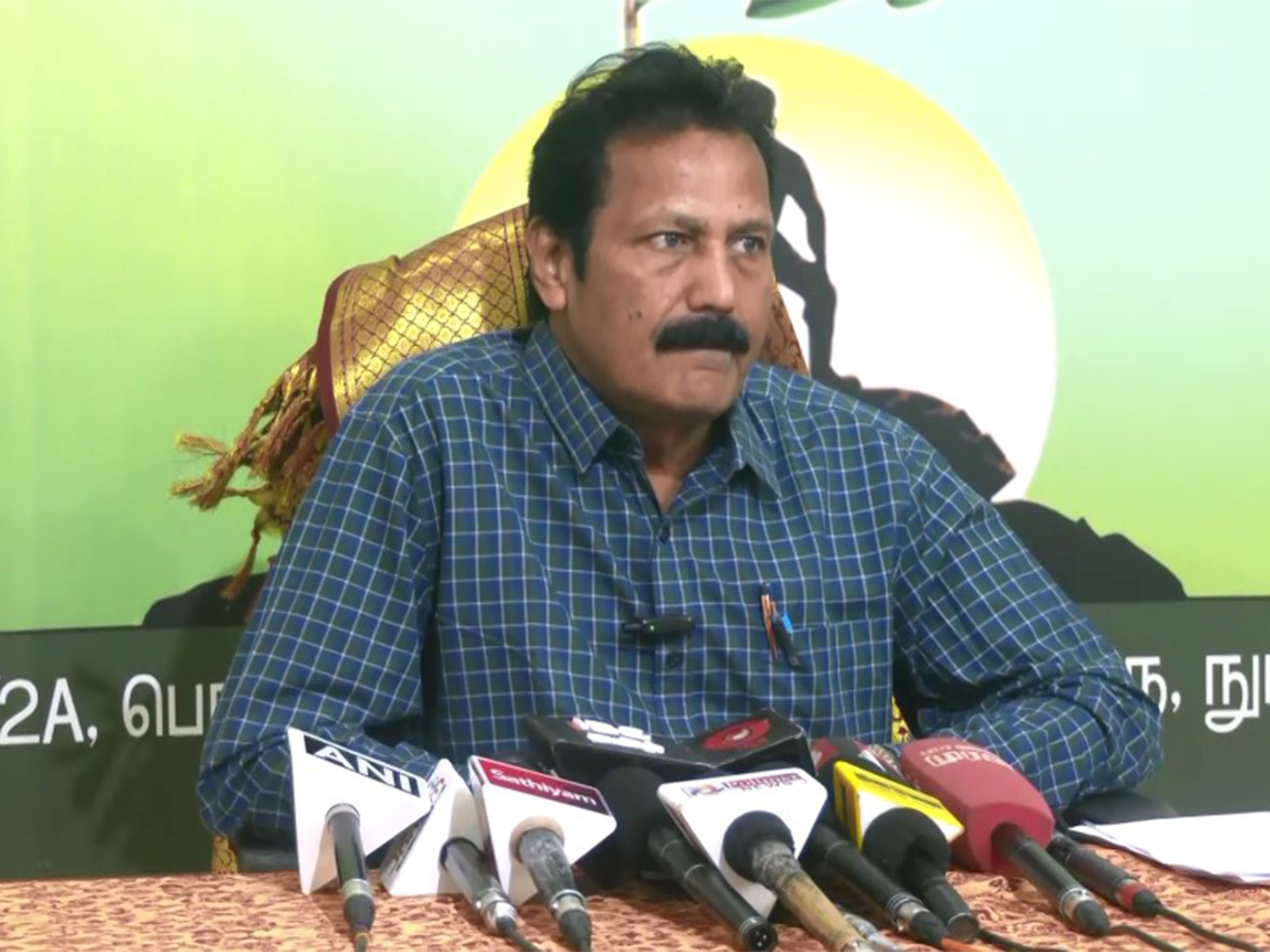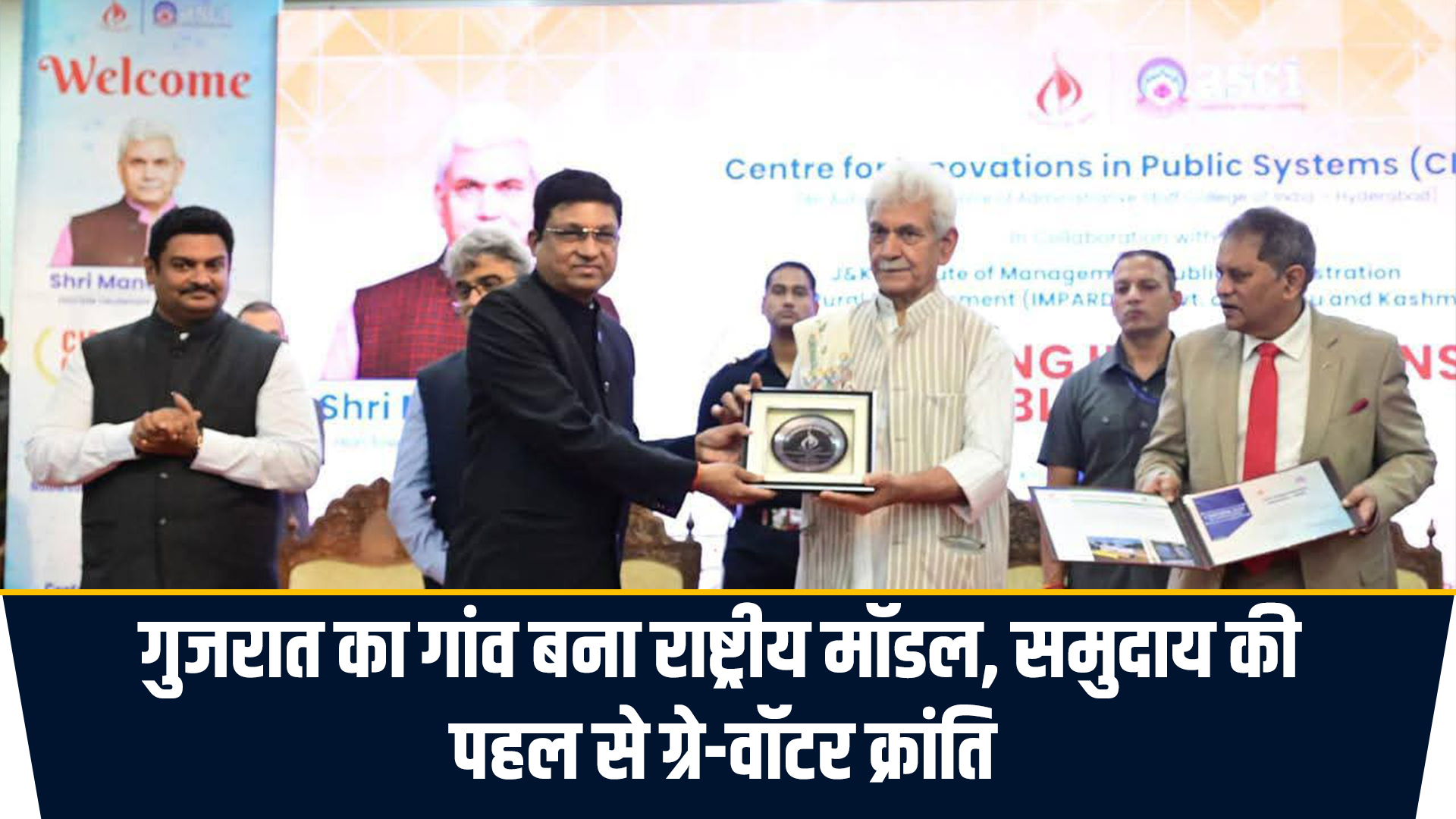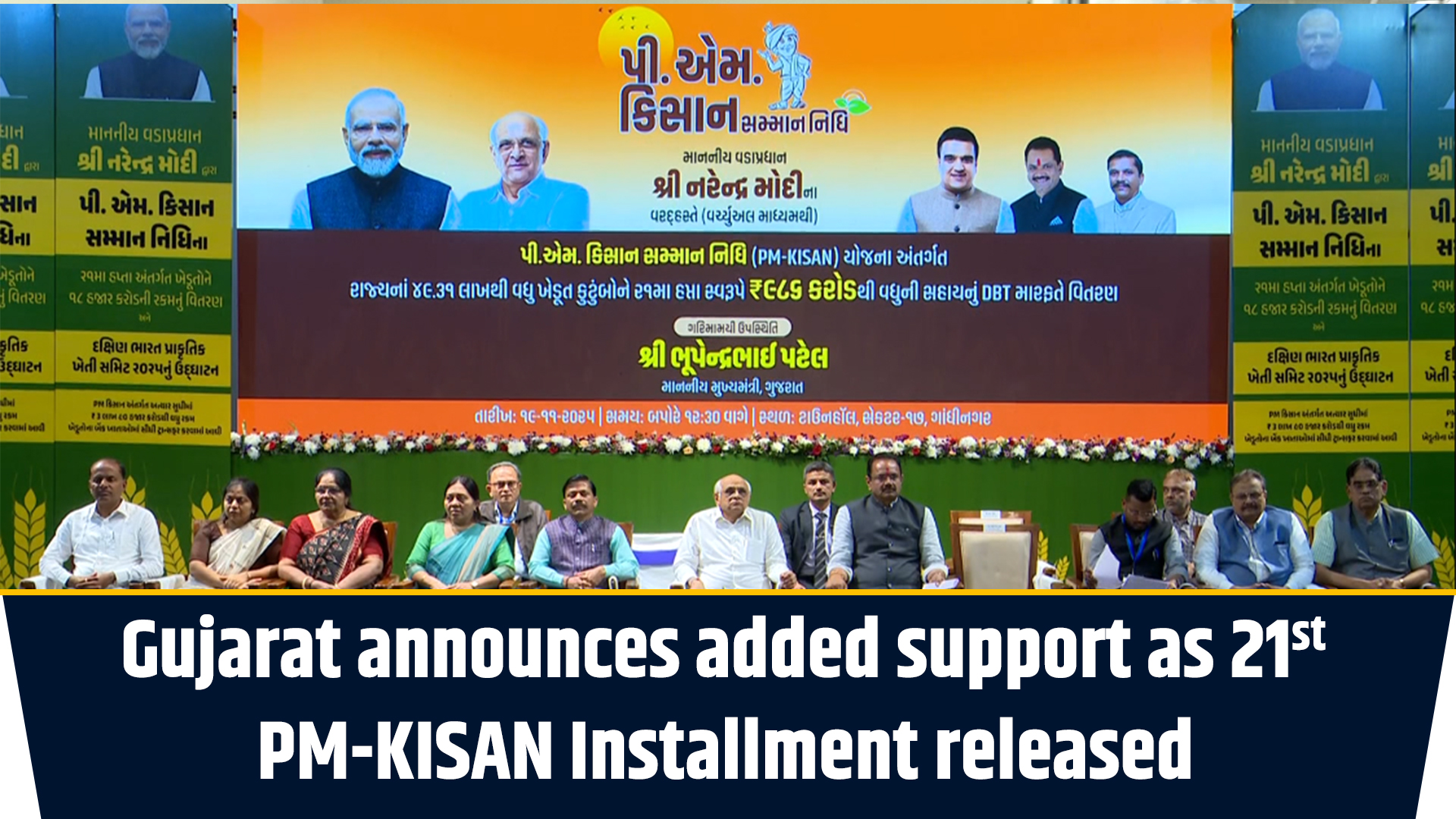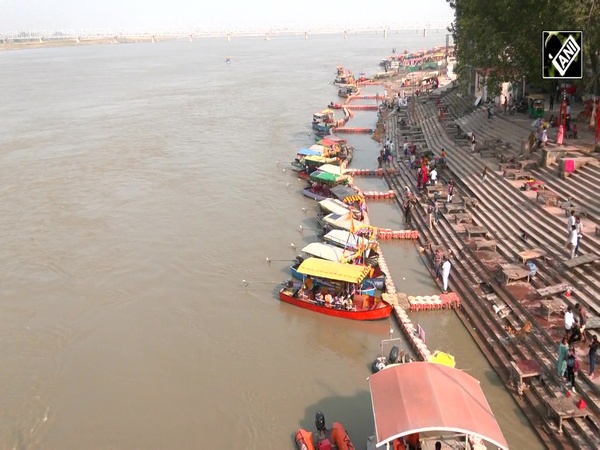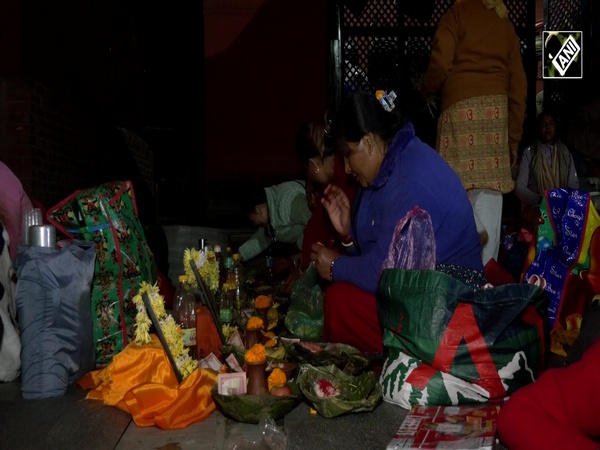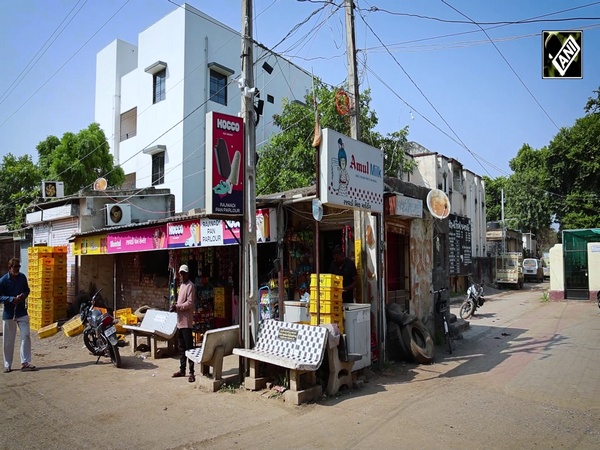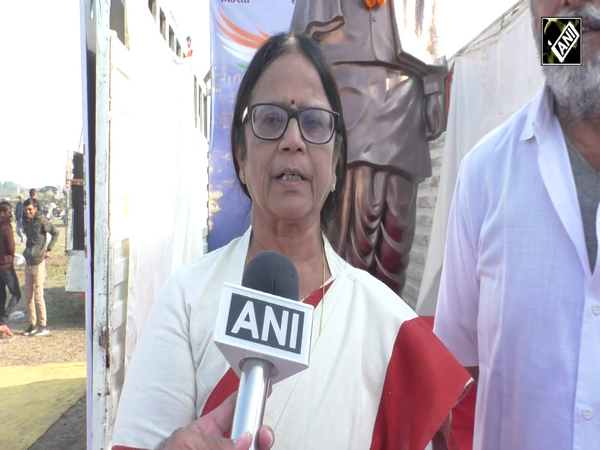World Thrombosis Day Campaign unites India with Thousands of Global partners to shine a spotlight on blood clots as an urgent health problem
Oct 13, 2021

Mumbai (Maharashtra) [India], October 13 (ANI/PRNewswire): Today, the World Thrombosis Day (WTD) campaign encourages the public, healthcare professionals and policymakers to keep their "Eyes Open to Thrombosis" and join together to place a spotlight on thrombosis as an urgent and growing national and global health problem.
A campaign of the
(ISTH),
connects and empowers more than 3,000 partner organizations and individuals from over 120 countries to join forces in the awareness, treatment and prevention of blood clots.
Thrombosis, also known as blood clots, can trigger a variety of life-threatening medical conditions, including heart attack, thromboembolic stroke and venous thromboembolism (VTE). VTE occurs when one or more blood clots form in a deep vein, most often in the leg (deep vein thrombosis, DVT), and can travel in the circulation and lodge in the lungs (a condition known as pulmonary embolism, PE).
"Despite the fact that one in four people worldwide are dying from conditions caused by blood clots, it is not widely known, and is an urgent public health issue," said Prof. Beverley Hunt, OBE, chair of the World Thrombosis Day Steering Committee.
This year, blood clots took to the global stage as research showed an increased risk of blood clots in hospitalized patients with severe COVID-19, including COVID-19 pneumonia. Additionally, blood clots were found as a rare, but serious side effect to certain COVID-19 vaccines.
"In a turbulent year due to the COVID-19 pandemic, we have unfortunately seen an increased rate of hospital-associated clots due to sick patients with COVID-19," noted Prof. Hunt. "The risk of clots in COVID-19, along with the other causes of hospital-associated clots, can be reduced if thromboprophylaxis is used (blood thinners)."
Dr. Roopen Arya, India Spokesperson, World Thrombosis Day, Professor of Thrombosis and Haemostasis, King's College Hospital, London said, "Thrombosis continues to be one of the most dangerous and often overlooked medical conditions. In India, over the past two years, due to the pandemic we have noticed a huge increase in thrombosis as it is one of the most common complications of COVID-19. It is important that we are aware of the risk particularly in patients who are hospitalized in COVID-19 and make sure they get blood thinning injections to prevent the clots. It is also important to stick to evidence-based practice and avoid unnecessary treatments and clotting blood tests in mildly affected people in the community."
It is very important for everyone to be aware of this condition and take appropriate preventative action. The
Thrombosis Day campaign is a major step in this direction. "
The World Thrombosis Day campaign aims its focus on the following areas this year:Hospital-associated thrombosis: Hospitalized patients are at an increased risk of blood clots due to immobility, their illness and/or surgery. Hospital-associated clots can occur in the hospital or within 90 days of discharge, and account for 60 percent of all cases of VTE, as well as being the leading cause of preventable death due to hospital admission.
COVID-19-related thrombosis: Research shows that COVID-19 increases the risk of clots by making the blood very "sticky."
Cancer-related thrombosis: Patients with cancer are four times more likely to develop a serious blood clot compared to the general population. This increased risk is driven by factors such as surgery, hospitalization, infection, and genetic coagulation disorders by cancer-specific factors including type, histology, stage of the malignancy, cancer treatment and certain biomarkers.
Gender-specific thrombosis: Estrogen-based oral contraceptive pills, hormone replacement therapy tablets and pregnancy are all blood clot risk factors for women. Women are five times more likely to develop a blood clot during pregnancy and about one in every 1,000 pregnant women will develop a blood clot.
, 2020, and
, 2019).
Approximately 10 million cases of hospital-associated VTE occur annually across the world, yet the condition can often be preventable with early detection and preventative blood thinners. The World Thrombosis Day campaign calls upon healthcare professionals to provide mandated VTE risk assessments to all hospitalized patients. In addition, the campaign encourages the public, including patients, to advocate for a VTE risk assessment.
World Thrombosis Day shares these key tips to help prevent blood clots:
Know the signs and symptoms of a blood clot. Red flags to look for are unexplained leg pain and tenderness, and redness and swelling. Pulmonary embolism causes shortness of breath, rapid breathing, chest pain and occasionally coughing up blood.
Ask for a VTE risk assessment. All individuals, especially those who are hospitalized, should ask their healthcare professional for a
, a questionnaire that gathers medical information to discern a patient's potential risk factors for developing blood clots.
Stay active and hydrated. If you plan to sit still for a long period of time, set an alarm for five minutes before every hour, and use that time to get up, walk around and stretch. Staying immobile for long periods of time can increase the risk of blood clots. Drink plenty of water to prevent dehydration, which can cause blood to thicken, resulting in blood clots.
To learn more about blood clots, visit
.
This story is provided by PRNewswire. ANI will not be responsible in any way for the content of this article. (ANI/PRNewswire)

